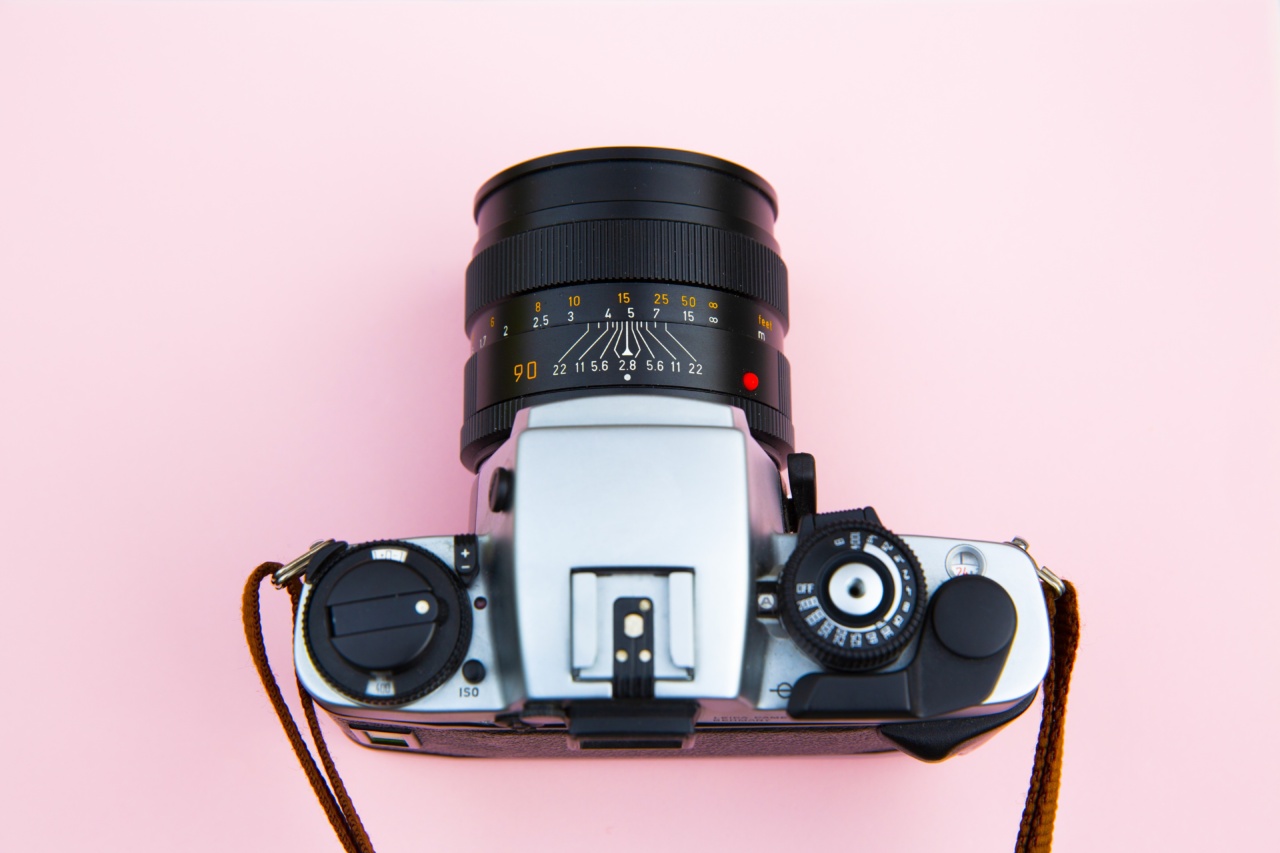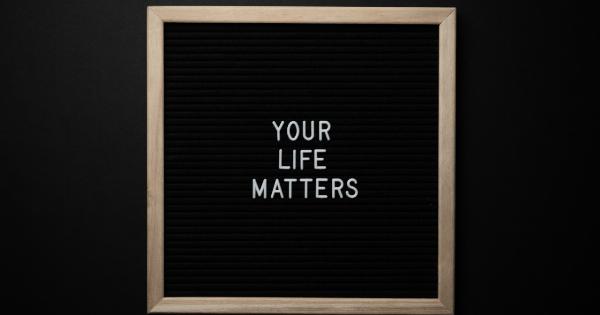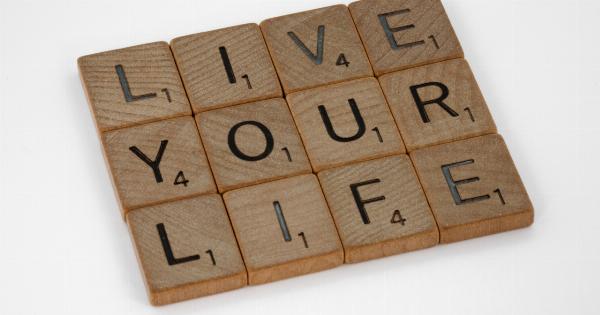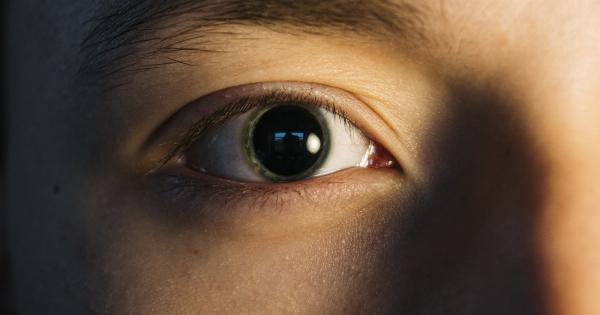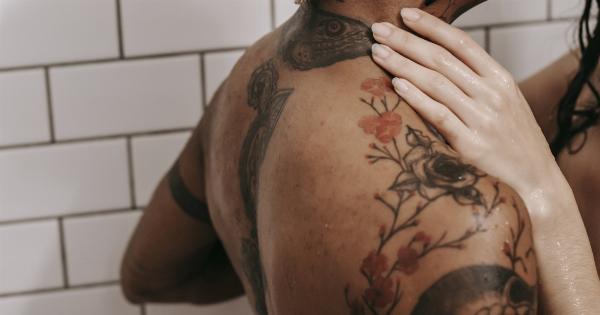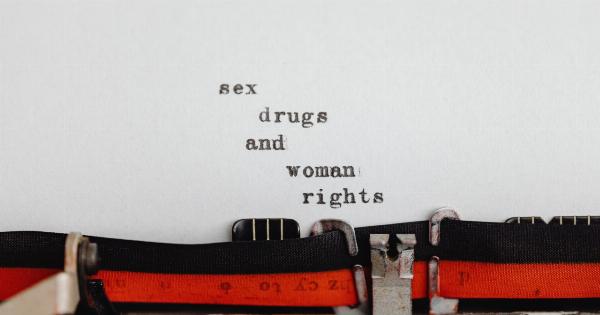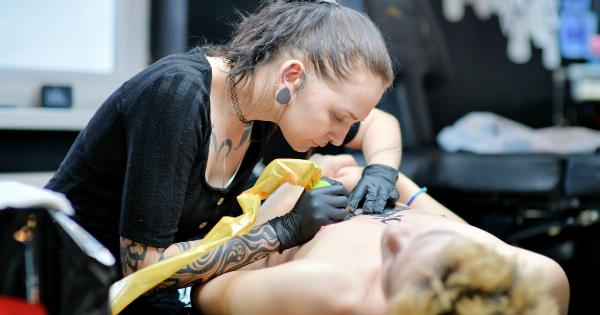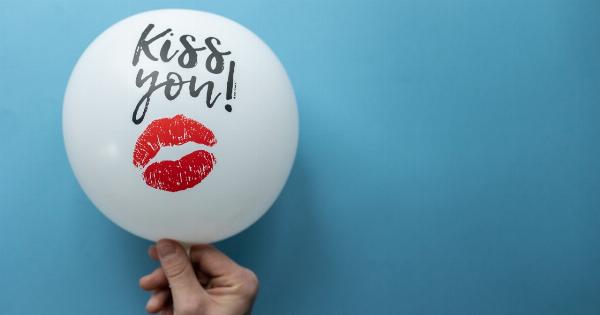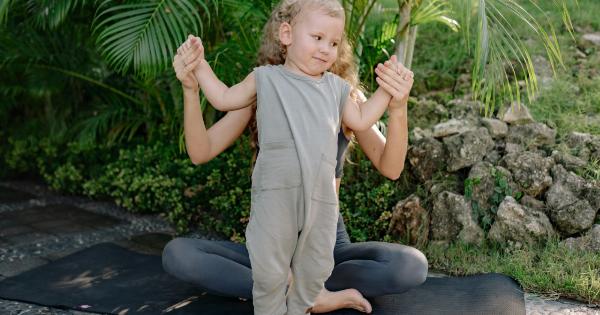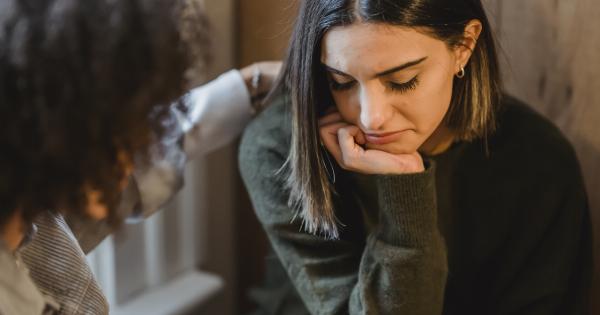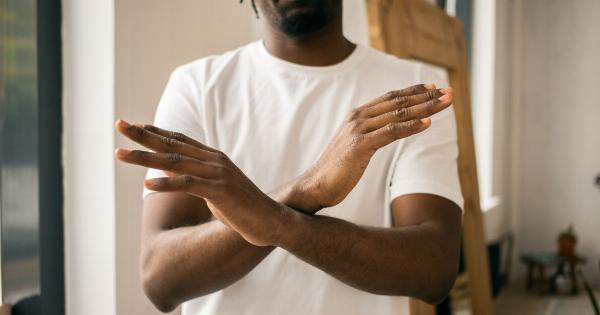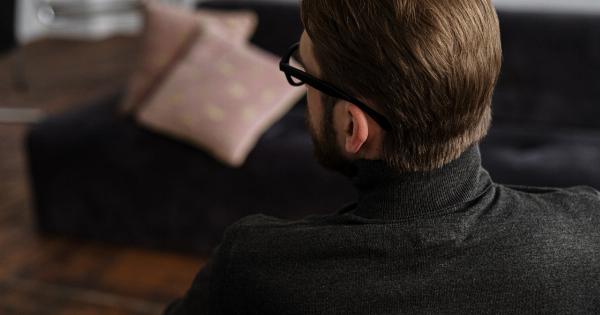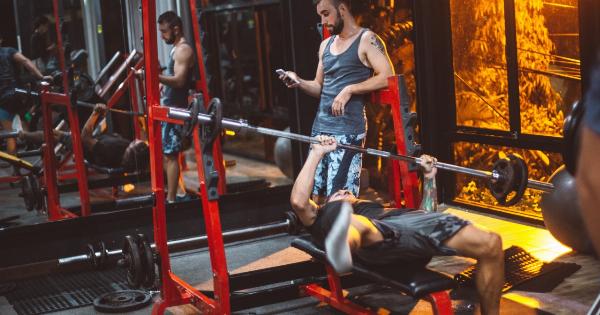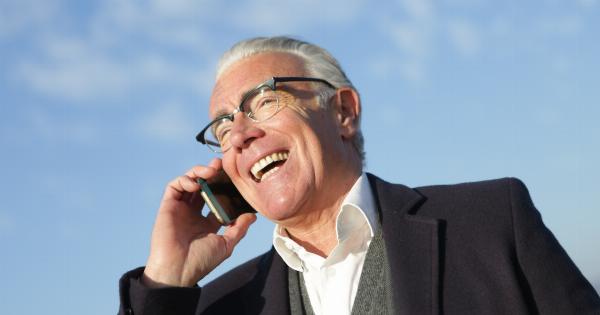Body image and sexuality are two complex and interconnected aspects of human identity. How individuals perceive their own bodies and how society perceives their bodies can have a significant impact on their sexual experiences and relationships.
In this article, we will explore the interplay between body image and sexuality, discussing the concepts, their influence on each other, and the potential challenges individuals may face.
Defining Body Image
Body image refers to a person’s perception of their physical appearance, including their size, shape, and overall attractiveness.
It is influenced by various factors such as societal ideals, media representation, cultural norms, and personal experiences. Body image can be positive, negative, or a combination of both, and it can greatly impact one’s self-esteem and confidence.
Understanding Sexuality
Sexuality encompasses a wide range of aspects, including sexual attraction, behavior, and identity. It is a multidimensional and fluid construct that can vary greatly among individuals.
Sexuality is influenced by biological, psychological, social, and cultural factors. It is an integral part of human nature and can greatly impact our relationships and overall well-being.
Impact of Body Image on Sexuality
Body image plays a crucial role in shaping an individual’s sexual experiences and relationships.
A positive body image can enhance one’s self-confidence and comfort with their own body, which can contribute to more fulfilling sexual experiences. On the other hand, a negative body image can lead to body dissatisfaction, low self-esteem, and sexual inhibitions.
Individuals with negative body image may feel self-conscious or ashamed about their bodies, which can hinder their ability to engage in sexual activities or fully enjoy intimate encounters.
They may avoid certain sexual positions or activities that make them feel vulnerable or exposed. Negative body image can also lead to anxiety, depression, or body dysmorphic disorder, further impacting one’s sexual well-being.
Societal Standards and Sexual Expectations
Societal standards and cultural expectations can strongly influence how individuals view their bodies and sexuality.
Media, advertising, and popular culture often promote and idealize a narrow definition of beauty, portraying unrealistic and unattainable body images. The pressure to conform to these standards can lead to body dissatisfaction and a negative impact on one’s sexual self-perception.
Moreover, societal stereotypes and expectations about gender roles can also impact body image and sexuality. Men may feel pressured to have a muscular and lean physique, while women may feel the need to fit into a certain body size and shape.
These expectations can create body image concerns in both men and women and negatively affect their sexual experiences.
The Role of Identity and Sexual Orientation
Body image and sexuality are also influenced by an individual’s identity, including their gender identity and sexual orientation.
LGBTQ+ individuals often face unique challenges related to body image and sexuality due to societal stigma, discrimination, and lack of representation.
Transgender individuals, for instance, may experience body dysphoria, a disconnect between their gender identity and their physical appearance.
This can impact their body image and sexual experiences, as they navigate their own identity and acceptance from others.
Sexual orientation can also play a role in body image, as individuals may feel pressure to conform to heteronormative standards of attractiveness.
The intersectionality of gender identity, sexual orientation, and body image can create complex dynamics that affect an individual’s sense of self and their sexual experiences.
Overcoming Challenges and Promoting Healthy Body Image
Developing a healthy body image and cultivating a positive relationship with one’s own body is a journey that requires self-acceptance, self-care, and self-compassion.
Here are some strategies that can help individuals overcome challenges related to body image and cultivate a healthier mindset:.
1. Challenge Unrealistic Ideals
Recognize that the images portrayed in media and popular culture are often unrealistic and photoshop-enhanced. Surround yourself with diverse representations of bodies and challenge the narrow definition of beauty.
2. Practice Self-Care
Engage in activities that promote self-care and boost your self-esteem. This can include exercise, healthy eating, practicing mindfulness, and engaging in activities that bring you joy and confidence.
3. Seek Support
Reach out to supportive friends, family, or professionals, such as therapists or counselors, who can provide guidance and support in navigating body image concerns and their impact on sexuality.
4. Educate Yourself
Learn about body positivity, self-acceptance, and sexuality through books, online resources, or support groups. Education can empower you with knowledge and tools to challenge societal norms and embrace a more positive body image.
Conclusion
Body image and sexuality are deeply interconnected, with body image having a profound impact on an individual’s sexual experiences and relationships.
Society’s narrow standards of beauty and heteronormative expectations can contribute to body dissatisfaction and sexual inhibitions.
However, it is possible to foster a healthier body image by challenging unrealistic ideals, practicing self-care, seeking support, and educating oneself.
Embracing diversity, self-acceptance, and self-compassion can enhance one’s sexual well-being and overall happiness.
